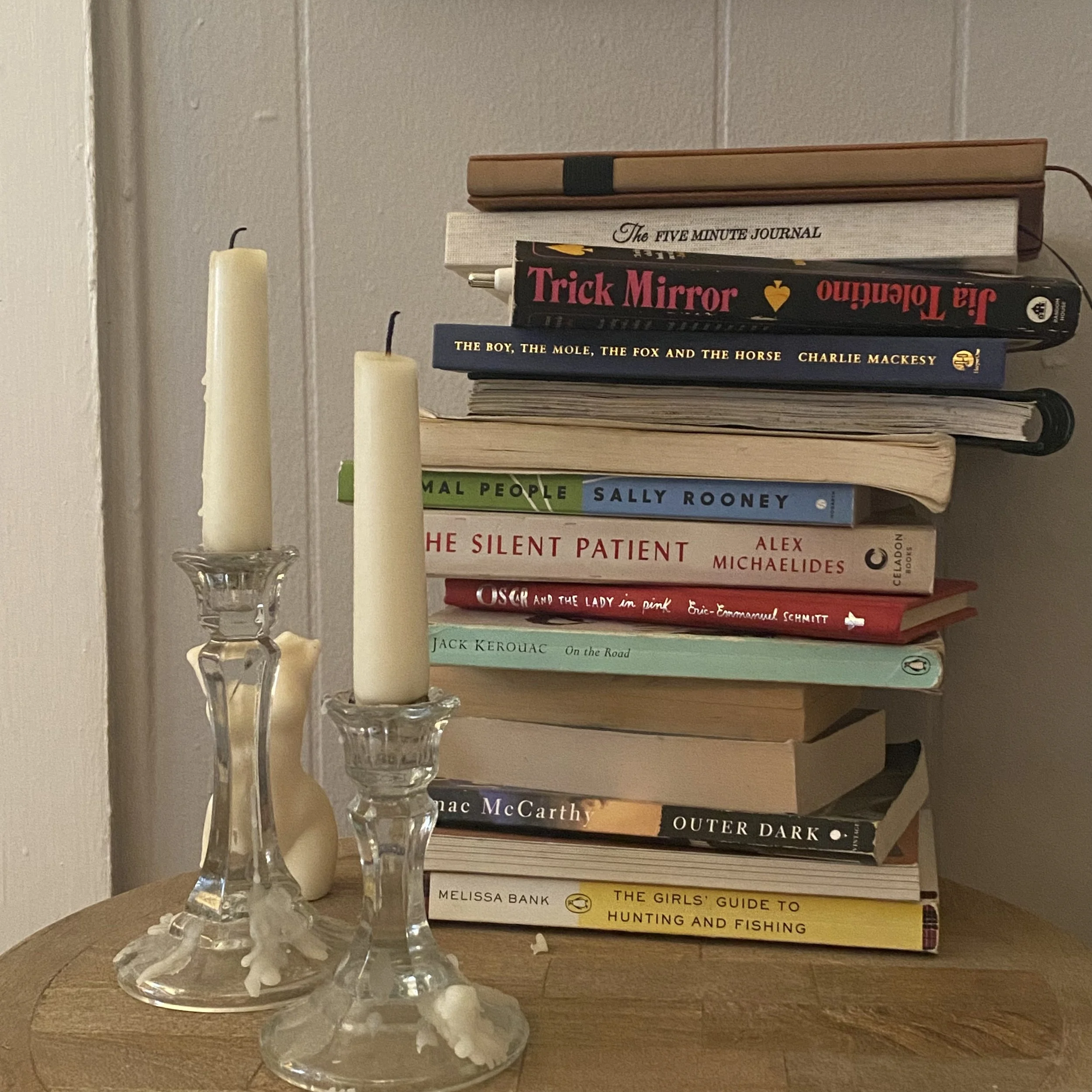Effective Journaling Techniques for Stress Relief: Calm Your Mind and Body Today
In our fast-paced world, stress is an all-too-common companion. From work pressures to personal challenges, it's easy to feel overwhelmed. However, one powerful tool to combat stress and achieve mental calm is taking a book out and simply journaling your problems out.
This simple yet effective practice can help you manage stress, relax your mind, and enhance your overall well-being.
But there’s things you can do to take it even further…
The Benefits of Journaling for Stress Relief
Journaling is more than just putting pen to paper; it's a therapeutic exercise that offers numerous benefits for stress management and mental health. Here are some key advantages:
Emotional Release: Writing about your thoughts and feelings provides a safe outlet for expressing emotions, reducing their intensity and helping you feel lighter.
Clarity and Perspective: Journaling helps organize your thoughts, providing clarity and a new perspective on stressful situations.
Problem-Solving: By writing down your problems, you can brainstorm solutions more effectively and develop actionable plans.
Mindfulness: The act of journaling encourages mindfulness, grounding you in the present moment and promoting a sense of calm.
Self-Awareness: Regular journaling fosters self-awareness, helping you recognize stress triggers and patterns in your responses.
Techniques for Stress Relief Through Journaling
To maximise the stress-relieving benefits of journaling, consider incorporating the following techniques into your practice:
1. Free Writing
Free writing, also known as stream-of-consciousness writing, involves writing continuously for a set period without worrying about grammar, spelling, or structure. This technique allows you to release pent-up emotions and thoughts without self-censorship.
How to Do It:
Set a timer for 10-15 minutes.
Start writing about whatever comes to mind, without stopping or editing.
Focus on expressing your feelings and thoughts freely.
2. Gratitude Journaling
Gratitude journaling involves writing about things you are thankful for. This practice shifts your focus from stressors to positive aspects of your life, promoting a sense of well-being and contentment.
How to Do It:
Set aside a few minutes each day to write about three to five things you are grateful for.
Be specific and elaborate on why you are grateful for each item.
Reflect on how these positive aspects impact your life.
3. Stress Log
Keeping a stress log helps you identify stress triggers and patterns in your stress responses. By recognising these patterns, you can develop strategies to manage and reduce stress more effectively.
How to Do It:
Record stressful events or situations as they occur.
Note down your thoughts, feelings, and physical reactions to these events.
Reflect on possible triggers and consider alternative responses or coping strategies.
4. Guided Prompts
Using guided prompts can help you explore specific areas of stress and gain deeper insights into your experiences. Prompts provide a structured way to reflect on your stress and identify ways to manage it.
How to Do It:
Choose prompts that resonate with your current situation. Here are a few examples:
"What is causing me the most stress right now?"
"How can I change my perspective on a stressful situation?"
"What are three things I can do to alleviate my stress?"
Write your responses in detail, exploring your thoughts and feelings.
5. Visualization Journaling
Visualisation journaling involves writing about a calming or positive scenario, helping you shift your focus from stress to relaxation and peace.
How to Do It:
Close your eyes and imagine a place or situation that makes you feel calm and happy.
Write a detailed description of this visualisation, engaging all your senses.
Reflect on the feelings this visualisation evokes and how you can bring elements of it into your daily life.
6. Affirmations
Writing positive affirmations can reinforce a positive mindset and reduce stress. Affirmations are positive statements that you repeat to yourself to counter negative thoughts.
How to Do It:
Write down positive affirmations that resonate with you. Examples include:
"I am capable of handling anything that comes my way."
"I am calm and centered."
"I am worthy of peace and happiness."
Repeat these affirmations daily, either in your journal or aloud.
Making Journaling a Habit
To reap the full benefits of journaling for stress relief, consistency is key. Here are some tips to make journaling a regular part of your self-care routine:
Set a Schedule: Dedicate a specific time each day for journaling, whether it's in the morning, during lunch, or before bed.
Create a Comfortable Space: Find a quiet, comfortable spot where you can focus on writing without distractions.
Keep It Simple: Don't worry about writing perfectly. The goal is to express yourself freely.
Stay Patient: Building a habit takes time. Be patient with yourself and enjoy the process.
Journaling is a powerful tool for stress relief, offering a range of techniques to help calm your mind and body. Whether through free writing, gratitude journaling, or guided prompts, the act of putting your thoughts on paper can provide significant mental and emotional benefits. By incorporating journaling into your daily routine, you can manage stress more effectively, promote relaxation, and enhance your overall well-being.


